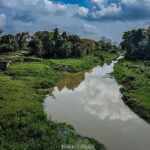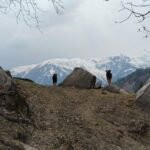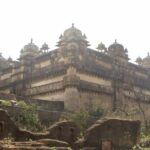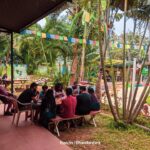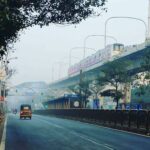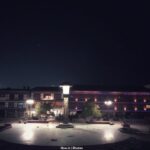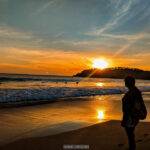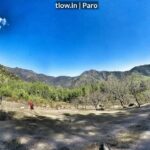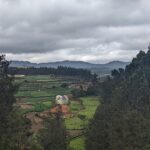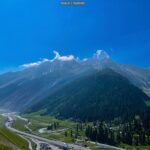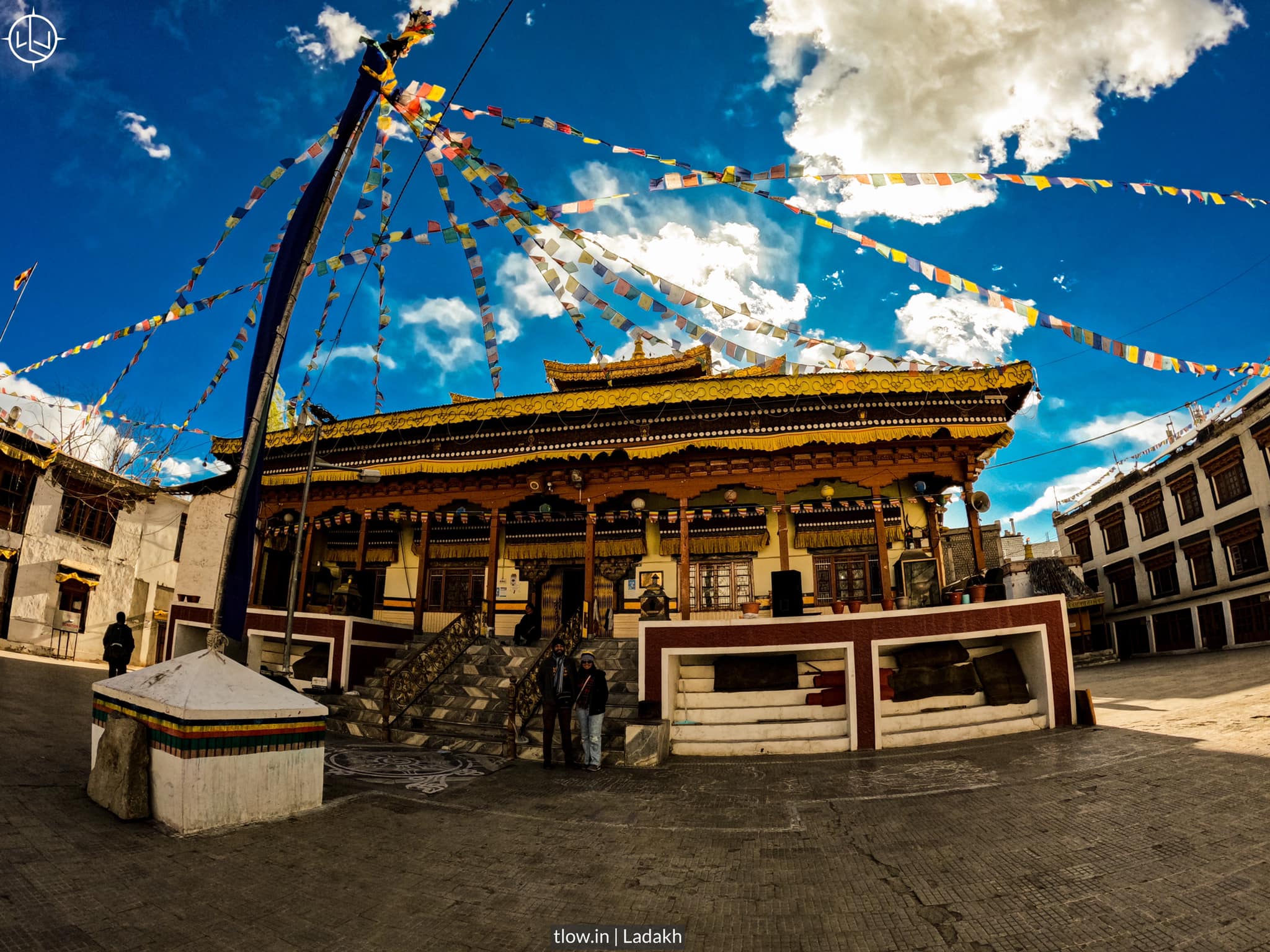
Soma Monastery, Leh Town in Ladakh: 1 super prayer by the way
Leh is a region in the Indian state of Jammu and Kashmir that is known for its numerous Buddhist monasteries. However, there is no specific monastery called Soma in that area. Some of the famous monasteries in Leh include Hemis Monastery, Thiksey Monastery, Spituk Monastery, and Diskit Monastery. These monasteries are renowned for their cultural and religious significance, as well as their stunning architecture and panoramic views.
Soma Monastery is a Tibetan Buddhist monastery located in Leh, Ladakh, India. It is situated in the popular Leh market area, making it easily accessible for visitors.
Table of Contents
The monastery, also known as Soma Gompa, was founded in the 15th century and belongs to the Drukpa Kagyu lineage of Tibetan Buddhism. It is particularly famous for its beautiful architecture, vibrant murals, and serene ambiance.
Prayer hall of Soma
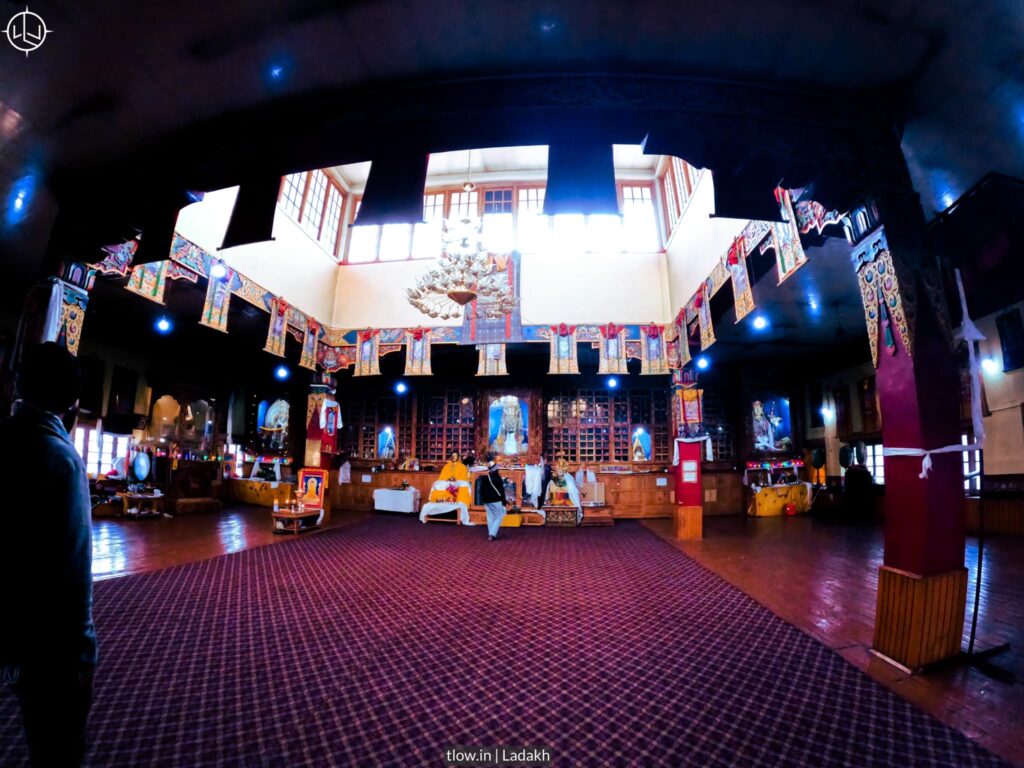
Visitors can explore the monastery and its various prayer halls, adorned with colorful Buddhist paintings and statues. The main prayer hall houses a large statue of Guru Padmasambhava, who is considered the founder of Tibetan Buddhism.
For the TLOW backpacking experience click on this link
Soma Monastery also offers panoramic views of the surrounding landscape, including the stunning Himalayan mountains and the Leh cityscape. Many visitors choose to meditate or simply soak in the peaceful atmosphere of the monastery.
Cultural hub
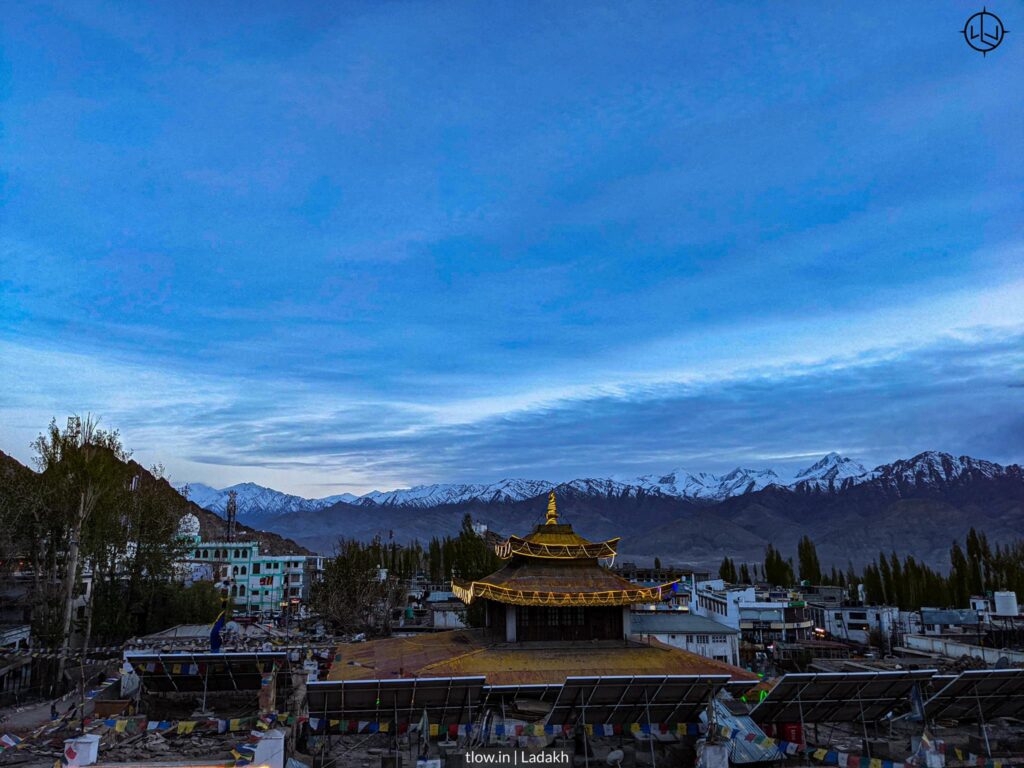
In addition to its religious significance, Soma Monastery is also a cultural hub in Leh. It hosts various festivals and events throughout the year, attracting locals and tourists alike. These festivities showcase traditional music, dance performances, and unique rituals practiced by the monks.
The proximity of Soma Monastery to the Leh market area allows visitors to easily explore the local shops, cafes, and restaurants after their visit. The market is known for selling traditional Ladakhi handicrafts, Tibetan artifacts, and a variety of other goods.
Delightful exprience
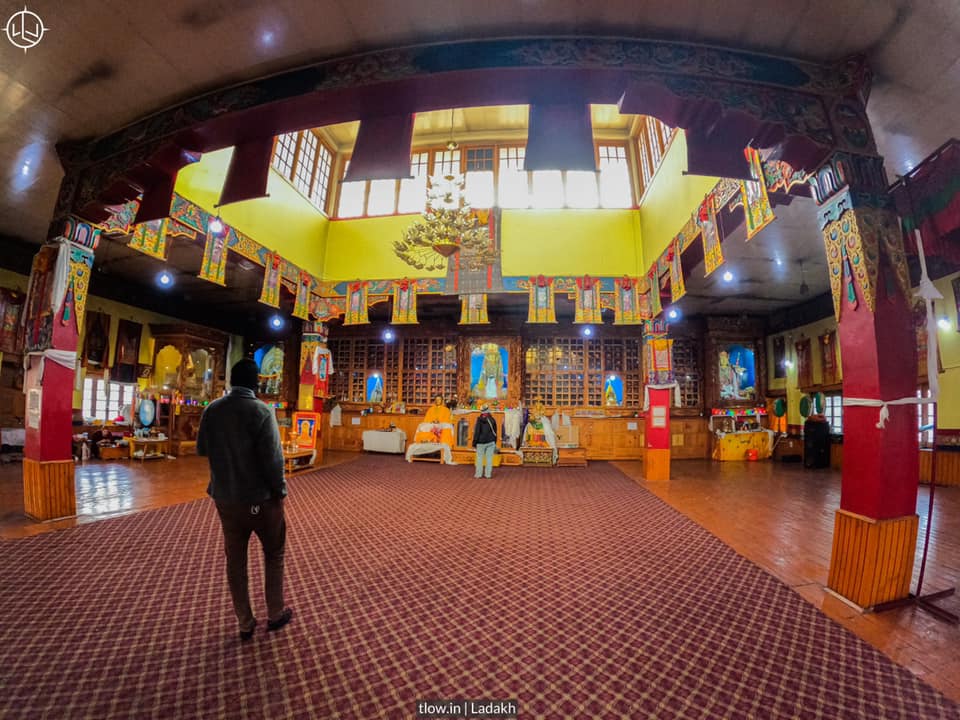
Overall, a visit to Soma Monastery in Leh market is a delightful experience for those interested in Tibetan Buddhism, cultural exploration, and breathtaking scenery.
Soma Monastery Leh is a popular Buddhist monastery located in Leh, Ladakh, India. Situated in the scenic Leh district, it offers panoramic views of the surrounding landscape and is known for its spiritual significance and architectural beauty.
The monastery, also known as Soma Gompa, belongs to the Drukpa Kagyu lineage of Tibetan Buddhism. It was founded in the 15th century and has since become an important religious and cultural center in the region.
Stunning architecture
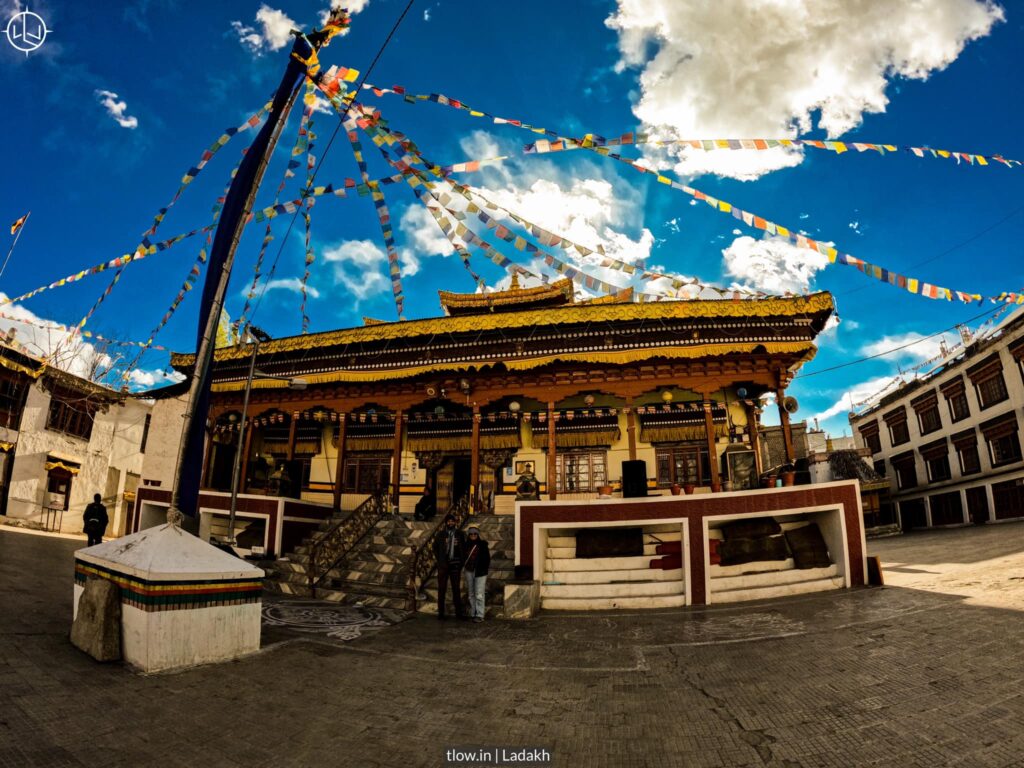
Soma Monastery is known for its stunning architecture and vibrant artwork. The main prayer hall, adorned with intricate murals and statues, is a sight to behold. Visitors can explore the various prayer halls and meditation rooms, immersing themselves in the peaceful and serene atmosphere.
The monastery is also home to a large number of monks who reside here and dedicate themselves to their spiritual practices. Visitors can witness their daily rituals and may even have the opportunity to engage in conversations with the monks to learn more about their way of life and beliefs.
Apart from the religious aspect, Soma Monastery is also a significant cultural center. It hosts various festivals and events throughout the year, providing visitors with the opportunity to witness and partake in traditional music, dance performances, and other rituals.
Easy access
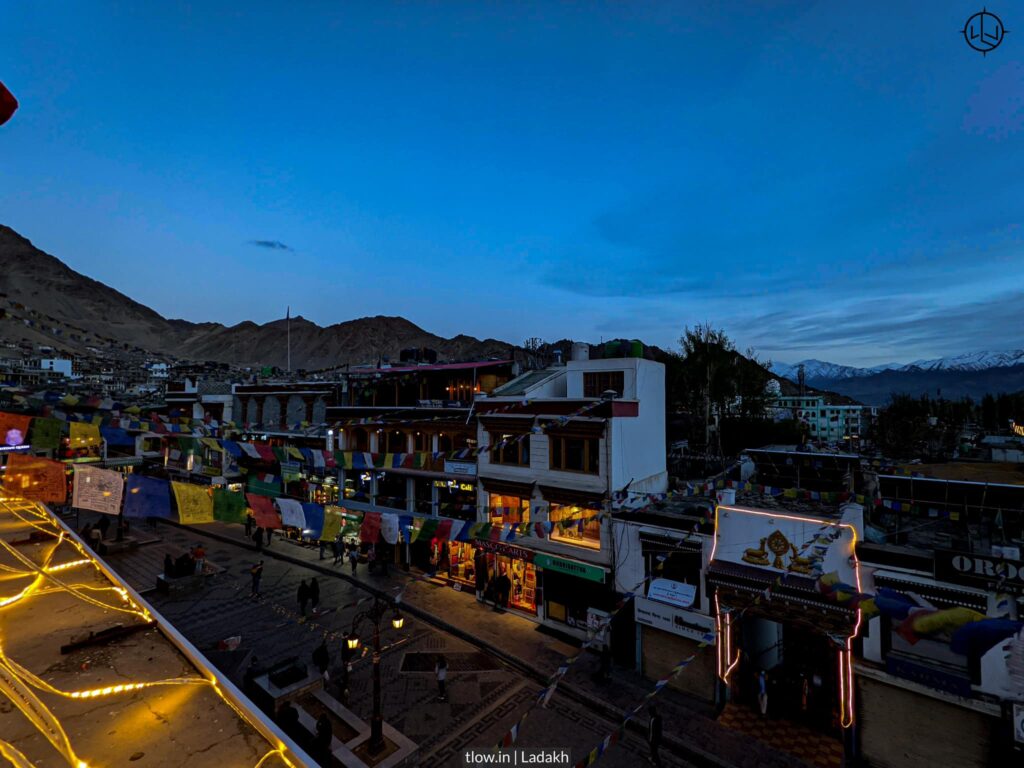
The location of Soma Monastery in Leh allows for easy access to the Leh market. Visitors can take a leisurely stroll through the market, exploring the shops, cafes, and restaurants that offer a range of local and Tibetan artifacts, handicrafts, and cuisine.
In conclusion, Soma Monastery Leh is a must-visit destination for those interested in Tibetan Buddhism, cultural exploration, and seeking inner peace. Its stunning architecture, serene ambiance, and proximity to the bustling Leh market make it a perfect place to immerse oneself in spirituality and experience the unique blend of religion and culture in the region.

